Zanussi washing machine spin does not work
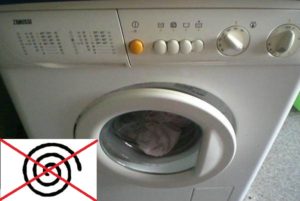 It is easy to guess that a Zanussi washing machine does not spin - after washing and rinsing, the machine will suddenly “freeze” and stop responding to the user’s commands. Before stopping, nothing will indicate a breakdown: the program will start, the drum will rotate, and water will be collected and drained. But you won’t be able to wring things out, since the system will obviously go into “failure” and give out wet things.
It is easy to guess that a Zanussi washing machine does not spin - after washing and rinsing, the machine will suddenly “freeze” and stop responding to the user’s commands. Before stopping, nothing will indicate a breakdown: the program will start, the drum will rotate, and water will be collected and drained. But you won’t be able to wring things out, since the system will obviously go into “failure” and give out wet things.
The problem cannot be ignored - you must immediately begin checking and repairing the washing machine. All that remains is to figure out what sequence to act in and what to pay attention to.
What malfunction “turned off” the spin cycle?
The lack of spin on Zanussi washing machines does not always indicate serious problems. Sometimes the problem is simple user inattention or a broken drive belt, and the situation can be corrected in a couple of minutes. However, there are more serious reasons for freezing after rinsing: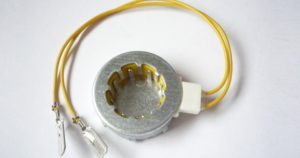
- the tachogenerator (Hall sensor) is burnt out;
- the electric brushes are worn out;
- the winding on the motor is damaged;
- The triac responsible for the engine or the entire control board as a whole has failed.
Spin may not work on Zanussi due to problems with the motor, drive belt and control module.
To diagnose a washing machine, you need to consistently check all possible problems. It’s better to start with the simplest thing - eliminating user error, and finish with diagnosing the control board. Let's look at all the steps and instructions in more detail.
The owner of the washing machine mixed up something
First of all, you need to check whether a user error was made when starting the wash.It is likely that a program that does not involve spinning was initially selected. A number of modes on Zanussi, for example “Delicate”, “Hand”, “Shoes”, “Wool” and “Outerwear” always end after rinsing - this is included in the factory settings. It is worth looking at the display with the selector or remembering which cycle was turned on. If there is any confusion, then you can restart the machine with the required parameters.
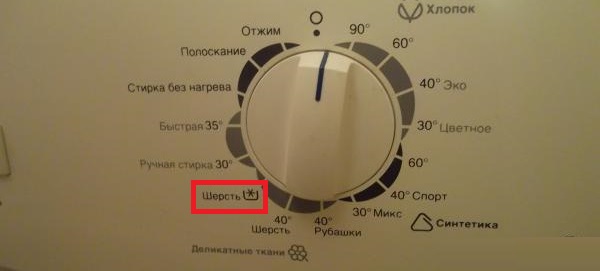
Another possible problem due to which the spin on the machine does not work is the forced refusal of this option. Some Zanussi models provide a special button that operates on the “old” spring mechanism. If the key was previously pressed, then the spring does not always return to its previous position after the cycle ends and even the system is turned off. Most likely, it remains activated and automatically turns off the “centrifuge” stage with each subsequent program.
The spin stop button on your Zanussi may remain activated after the previous wash - check that it is pressed!
If the mode is selected correctly and the spin does not turn off, then you need to check the drum. Modern washing machines have a built-in imbalance control function. When the user loads too much or, on the contrary, not enough laundry into the machine, the system, when unwinding the shaft, detects the imbalance of the unit and, for safety reasons, stops the cycle. Equipment also arrives with clothes that become wrinkled during washing and pose a threat to equipment. The instructions on what to do to “rescue” are simple: open the hatch, straighten things, take out the excess or add the missing kilograms.
Drive mechanism or speed sensor
If the cycle is configured correctly and imbalance is excluded, then we are talking about a breakdown.Probably, one of the units responsible for spinning the engine and drum has become unusable and requires diagnostics, repair or replacement. There are several possible “culprits”, so you will have to check each “suspect”, starting with the simple and ending with the complex.
The simplest thing is problems with the drive belt. The connection with the engine is obvious. It is the drive that ensures the transmission of revolutions from the accelerated motor to the drum shaft, which is necessary for rotating the drum during a full spin. If the rubber band flies off the pulley or breaks, then the engine runs “idle” and the machine itself remains motionless. The system detects a discrepancy, freezes or stops the cycle, dispensing wet laundry. Checking the condition of the drive belt is easy if you follow the following instructions:
- de-energize equipment;
- turn off the water;
- turn the equipment “backwards”;
- remove the back wall by unscrewing the screws around the perimeter;
- find the belt (the elastic band must be tensioned on the pulley wheel; if the tension is too weak or the rim has come off, then the “ring” needs to be changed).
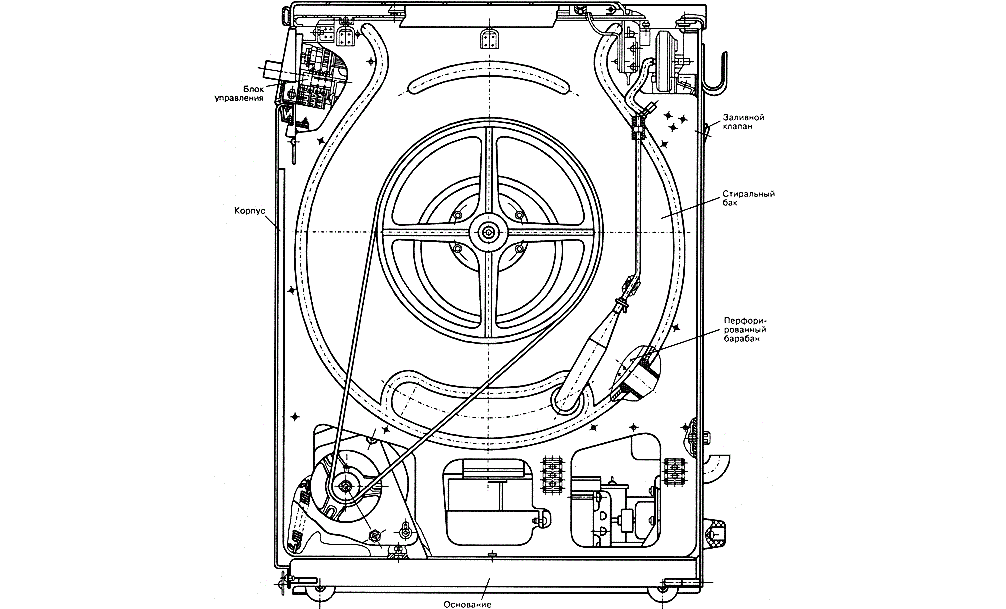
To change the belt, you need to remove the old one and purchase a similar new one. Then we hook the rubber band onto the small wheel and try to pull it onto the large one, while simultaneously turning the pulley. Be prepared for the fact that you will have to put in a lot of effort and skill.
A intact and tensioned belt will clearly show that there are no problems with it. Then you should check the tachogenerator - a sensor in the form of a ring with wiring. It is installed on the engine and allows you to record the speed the engine is gaining. If the device fails, then control over engine acceleration is lost, the control board cannot monitor the rotation of the drum and, for safety reasons, it urgently shuts down the system.
Diagnostics of the tachometer proceeds as follows:
- turning off the power to the washing machine and unfolding it, unscrew the screws and remove the back wall;
- unhook the drive belt;
- we find the engine located under the tank;
- unscrew the bolts holding the motor;
- swing and remove the engine from its seat;
- carefully disconnect the sensor from the body;
- We start “ringing” the tachometer (we connect the multimeter probes and measure the resistance at the contacts).
A serviceable tachometer is returned to its place, and a burnt-out one is replaced with a new one. The device cannot be repaired, and its cost is low, in the range of 500-1200 rubles.
Is the motor or electronics to blame?
Next in line for inspection is the electric motor. More precisely, graphite brushes attached to its body. These are two small cases, inside of which rods with carbon tips are placed. When the “coals” are erased and become less than 1.7 cm, the friction force coming from the motor is not extinguished to the required extent, sparking and overheating of the engine begins.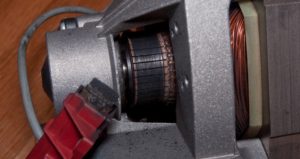
To check the condition of the “coals”, you need to unscrew the bolts holding the cases, pull out the rods and measure the length of their tips. If they are too short, remove and install new ones. It is important that electric brushes are always replaced in pairs, even when one of them is not worn out at all.
The second step is to check the winding. It doesn’t break through often, but there is always a risk, and the “symptoms” of damaged wiring include the lack of spin on the washing machine. To carry out testing, you need to place one multimeter probe on the core, and the second on the motor body. The difficulty is that you have to “ring” each wire. If a breakdown is detected, then it is better to refuse expensive repairs and immediately buy a new engine.
If everything is in order with the motor, tachogenerator, winding and brushes, then the last option remains - a failed control board. It’s better not to do home diagnostics here. The fact is that checking and repairing Zanussi electronics yourself is too risky. It is better not to experiment, but to immediately contact the service center for professional help.
Lack of spin on the washing machine is not a reason to panic. In most cases, the problem is not a serious breakdown, but user inattention or some simple malfunction. You can solve a lot of things with your own hands and at home, the main thing is to follow safety precautions and not deviate from the instructions.
Interesting:
1 reader comment

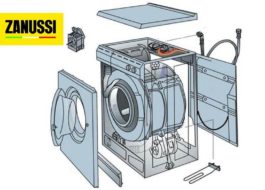
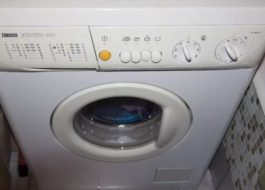
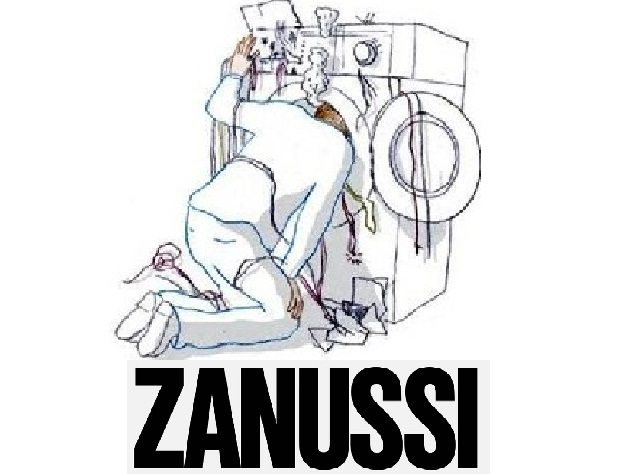


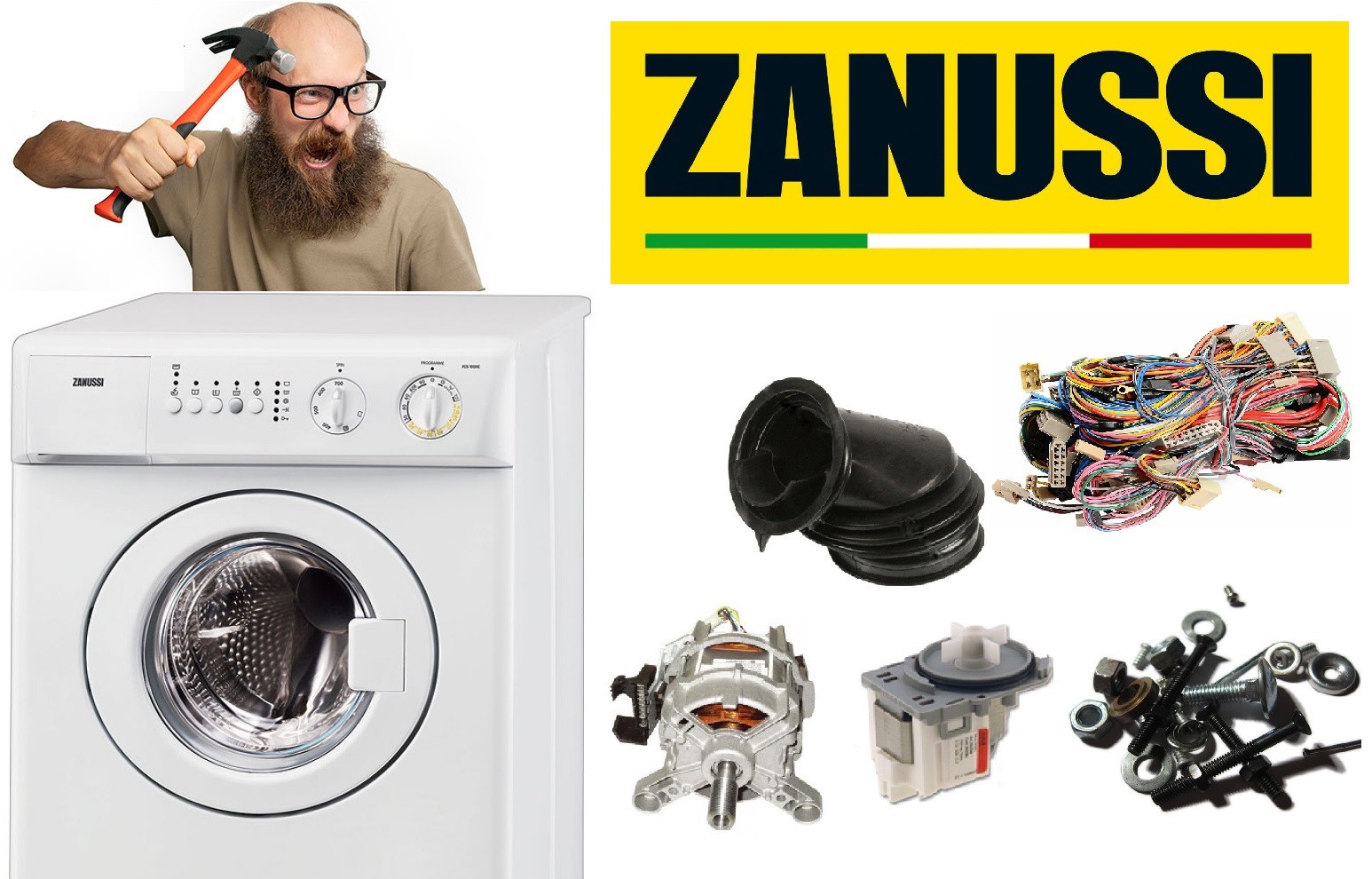


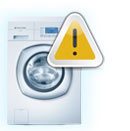
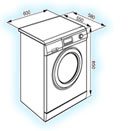


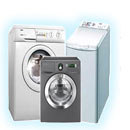



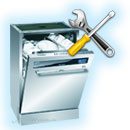
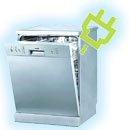
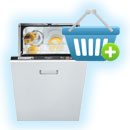
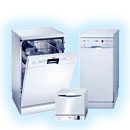
Hello! Please tell me if the machine has two spin modes, short and long. On the short one it goes into spin mode, but on the long one it mostly stands (it rarely spins and that’s it). Zanussi is old, with a spring.